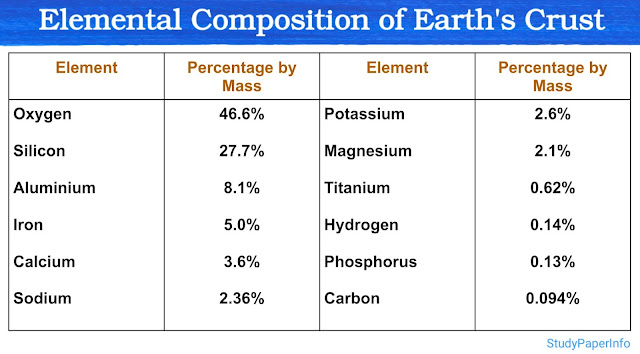Why does the probability of a non-disjunction ton increase increase in women with age?
Non-disjunction is a type of chromosomal segregation error that occurs during cell division, particularly meiosis, when homologous chromosomes or sister chromatids fail to separate properly. This leads to gametes with abnormal numbers of chromosomes. In humans, non-disjunction during female meiosis is the main cause of aneuploidy, including conditions like Down syndrome (Trisomy 21), Turner syndrome (Monosomy X), and Klinefelter syndrome (XXY). Many studies have shown that the risk of non-disjunction increases with maternal age, especially after the age of 35. This is considered one of the most important biological factors in age-related decline in female fertility and increase in chromosomal abnormalities in offspring.
There are four major reasons that explain why this risk increases with age in women:
- Prolonged meiotic arrest of oocytes
- Age-related loss of cohesion proteins
- Weakening of the spindle assembly checkpoint
- Age-related cellular and environmental stress
1. Prolonged meiotic arrest of oocytes
In females, the production of eggs (oogenesis) begins before birth. All primary oocytes are formed in the fetus and then enter meiosis but get arrested at prophase I. They remain in this stage for years, sometimes for over 30 to 40 years, until they are released during ovulation. This long period of arrest increases the risk of errors during chromosome separation because the meiotic machinery becomes less stable over time.
2. Age-related loss of cohesion proteins
Cohesin proteins are responsible for holding sister chromatids together. With increasing age, the amount and strength of these proteins reduce. If cohesin is weak, then during meiosis, the sister chromatids or homologous chromosomes may not stay properly attached and this increases the chances of non-disjunction, where chromosomes do not separate equally into daughter cells.
3. Weakening of the spindle assembly checkpoint (SAC)
The spindle checkpoint makes sure that all chromosomes are properly attached to spindle fibres before the cell divides. As women age, the SAC becomes less strict or less efficient. This means that the cell may go ahead with division even if some chromosomes are not aligned correctly. This also increases the chances of chromosome separation errors.
4. Age-related cellular and environmental stress
Older oocytes are more exposed to oxidative stress, DNA damage and mitochondrial dysfunction. These stress factors affect the overall health of the oocyte and the function of cellular components required for correct chromosome segregation. Hormonal changes in the aging ovary can also influence meiosis and increase the risk of non-disjunction.


Comments
Post a Comment